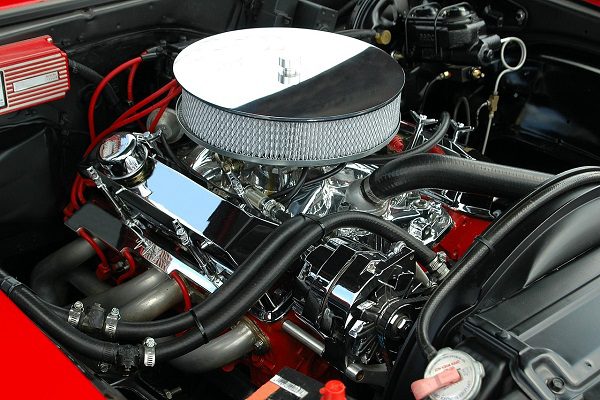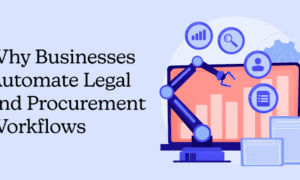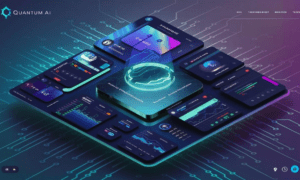Introduction
In the ever-evolving landscape of technology, the integration of Artificial Intelligence (AI) and the Internet of Things (IoT) has ushered in a new era for the automobile industry. As we step further into the digital frontier, the synergy between AI and IoT is redefining the way we perceive and interact with automobiles. This convergence of cutting-edge technologies is not only enhancing the driving experience but also shaping the future of transportation in profound ways.
Understanding the Power of Artificial Intelligence in Automobiles
AI, often regarded as the backbone of the digital revolution, has found a significant application in the automobile sector. Machine learning algorithms, a subset of AI, are being employed to analyze vast amounts of data generated by vehicles. This data-driven approach enables manufacturers to predict maintenance issues, optimize fuel efficiency, and enhance overall vehicle performance. Through AI-powered systems, cars can now adapt to driving conditions in real-time, ensuring a safer and more efficient journey for the passengers.
Furthermore, AI is revolutionizing autonomous driving technology. Self-driving cars, equipped with AI algorithms, can perceive their environment, identify obstacles, and make split-second decisions, mimicking human intelligence. This not only promises a reduction in accidents but also opens doors to a future where commuting becomes more convenient, accessible, and safe.
The Role of IoT in Automobile Technology
IoT, on the other hand, focuses on connecting devices and enabling them to communicate and share data seamlessly. In the realm of automobiles, IoT has introduced the concept of the connected car. These vehicles are equipped with sensors and software that gather real-time data, transforming cars into intelligent, interconnected devices. Through IoT, vehicles can communicate with each other, with infrastructure elements, and even with pedestrians, creating a comprehensive network that optimizes traffic flow and enhances safety on the roads.
One of the significant advantages of IoT-enabled automobiles is predictive maintenance. Sensors embedded in various parts of the vehicle can monitor the condition of components in real-time. This data is then analyzed to predict when maintenance is required, preventing unexpected breakdowns and reducing repair costs. Moreover, IoT facilitates remote diagnostics, allowing manufacturers to identify issues and provide software updates without the need for a physical visit to the service center.
The Synergy Between AI and IoT: Transforming the Driving Experience
When AI and IoT collaborate, they create a synergy that redefines the driving experience. Smart assistants powered by AI, such as voice-activated controls and virtual companions, provide personalized and intuitive interactions within the vehicle. These assistants can assist in navigation, provide real-time traffic updates, and even offer suggestions for nearby restaurants or attractions, enhancing the overall travel experience.
Additionally, the integration of AI and IoT has given rise to smart cities and intelligent transportation systems. AI algorithms analyze data from various sources, including traffic cameras, weather sensors, and social media, to optimize traffic flow, reduce congestion, and improve emergency response times. This interconnected approach transforms urban mobility, making it more efficient, sustainable, and user-friendly.
Challenges and Future Prospects
While the integration of AI and IoT in the automobile industry presents remarkable opportunities, it also comes with challenges. Security and privacy concerns are paramount, as connected vehicles are susceptible to cyber-attacks. Manufacturers are investing heavily in developing robust cybersecurity measures to safeguard the integrity of data and the safety of passengers.
Looking ahead, the future of automobile technology lies in the continuous evolution of AI and IoT. Advancements in machine learning algorithms, coupled with the proliferation of high-speed internet connectivity, will pave the way for more sophisticated autonomous driving systems. Moreover, the growth of smart infrastructure and the development of 5G networks will enhance the capabilities of IoT-enabled vehicles, creating a seamless and interconnected transportation ecosystem.
Conclusion
The collaboration between AI and IoT is transforming automobiles from mere modes of transportation into intelligent, connected entities. This digital frontier is not only reshaping the driving experience but also revolutionizing the entire transportation industry. As we embrace this technological revolution, it is crucial to address challenges and work collaboratively to unlock the full potential of AI and IoT in automobile technology. With continuous innovation and strategic investments, the digital frontier will undoubtedly lead us toward a future where mobility is not just efficient but also intelligent and sustainable, revolutionizing the way we move and connect with the world around us.





























